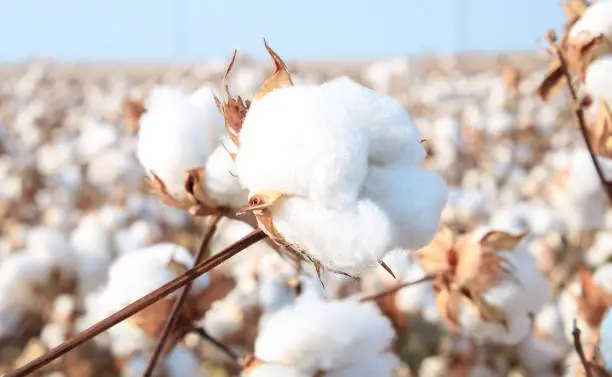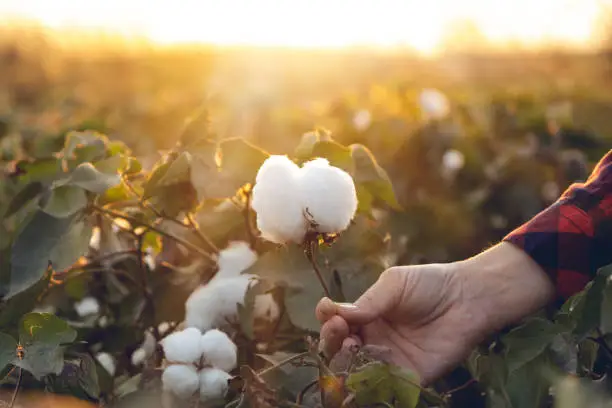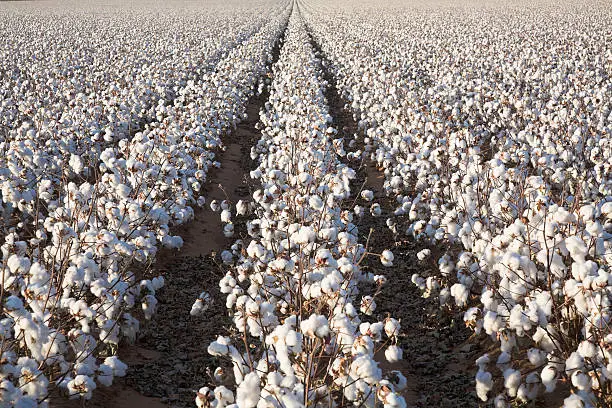Pakistan Becomes Top Buyer In a remarkable development for international trade, Pakistan Becomes Top Buyer of U.S. cotton, marking a significant shift in the global cotton market. This new role underscores Pakistan’s robust textile sector, which relies heavily on cotton imports to fuel its vast production networks. The demand surge from Pakistan is reshaping the U.S. cotton export landscape, benefiting both economies. Here, we explore the factors driving this growth, the benefits for both countries, and what the future may hold for Pakistan’s cotton imports from the U.S.
Pakistan’s Textile Industry: An Overview
Pakistan’s textile industry plays a crucial role in its economy, contributing approximately 60% of its total exports. As the world’s fifth-largest producer of cotton, Pakistan has long been recognized for its high-quality textiles. However, challenges like declining domestic cotton yield, climate change, and pest infestations have intensified the need for reliable foreign suppliers.
Despite local cotton production, Pakistan faces an annual shortfall, necessitating substantial imports to meet its demand. The U.S., known for producing high-quality cotton, particularly the upland and Pima varieties, has become a top choice for Pakistan’s cotton imports. This dependency has fostered a strong trading partnership between the two nations, Pakistan becomes top Buyer in the international textile market.

Benefits of the U.S.-Pakistan Cotton Trade Partnership
The cotton trade relationship between Pakistan and the United States is mutually beneficial, offering significant economic and strategic advantages for both nations.
1. Boost to Pakistan’s Textile Exports
By sourcing high-quality U.S. cotton, Pakistan has been able to enhance its textile offerings, improving the quality of products destined for global markets. U.S. cotton helps Pakistani manufacturers produce textiles that meet international standards, allowing Pakistan becomes to retain its competitive edge in exports to Europe, North America, and Asia.
2. Economic Growth and Employment in Pakistan
The textile sector is one of the largest employers in Pakistan, supporting millions of jobs. As Pakistan becomes top Buyer imports more cotton to meet production demands, this growth fosters job creation in textile mills, spinning units, and ancillary industries. Increased exports due to high-quality cotton translate to higher foreign exchange earnings, bolstering Pakistan’s economy.
3. Stronger Bilateral Trade Relations
This partnership is not only about cotton—it strengthens the broader trade relationship between the U.S. and Pakistan. By relying on U.S. cotton, Pakistan becomes supports a steady demand for American agricultural exports, which benefits U.S. farmers. This interdependency creates a stable foundation for future trade agreements and cooperative efforts in areas beyond agriculture.
4. Access to Advanced Cotton Technologies
Through this trade partnership, Pakistan gains indirect exposure to advanced U.S. cotton farming technologies, which could potentially influence local practices. While Pakistan is not yet adopting these technologies on a wide scale, awareness of the benefits of precision agriculture, pest-resistant cotton varieties, and sustainable practices could inspire future improvements in its agricultural sector.

Challenges and Risks in the Cotton Trade Relationship
Despite the benefits, the U.S.-Pakistan cotton trade is not without challenges. Several risks could impact this relationship, including the following:
1. Price Volatility and Market Fluctuations
The global cotton market is highly volatile, with prices subject to change due to factors like weather events, geopolitical tensions, and changes in consumer demand. For Pakistan, any sudden price hikes in U.S. cotton could strain the textile sector’s cost structure, potentially affecting profitability.
2. Dependence on Foreign Cotton
While U.S. cotton strengthens Pakistan’s textile industry, reliance on foreign sources for raw materials also poses risks. Should trade policies change, or if U.S. cotton exports experience disruptions, Pakistan may face shortages that could hinder textile production. This dependency underscores the need for Pakistan to explore strategies to boost local cotton yields.
3. Sustainability Concerns
Environmental concerns associated with cotton farming—such as high water usage, soil depletion, and pesticide use—are prompting some countries to adopt more sustainable practices. As the U.S. cotton industry continues to innovate with eco-friendly solutions, Pakistan may need to ensure its production practices align with global sustainability standards to retain access to environmentally conscious markets.
The rise of Pakistan as the top buyer of U.S. cotton is a testament to the country’s burgeoning textile industry and its significance in the global market. This trade relationship not only strengthens Pakistan’s export potential but also reinforces the United States’ role as a major cotton supplier. As both countries work together to address challenges and leverage opportunities, the U.S.-Pakistan cotton trade partnership is poised to play a transformative role in shaping the future of the global textile industry.





